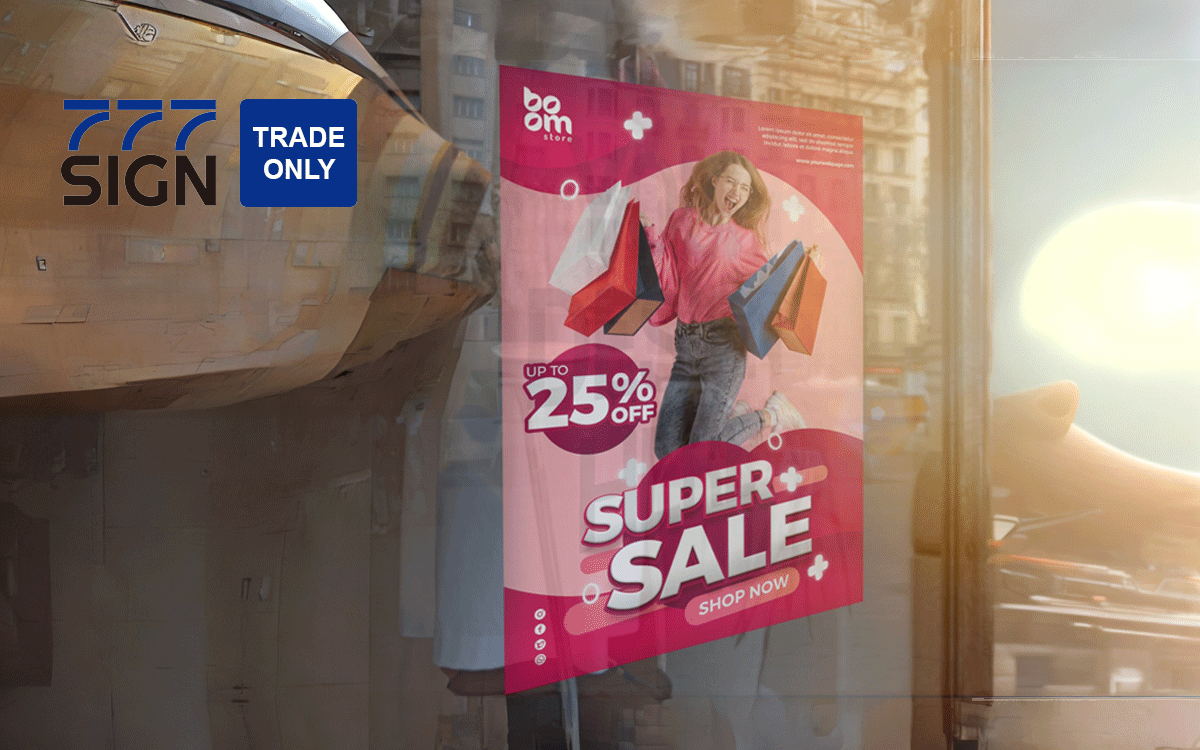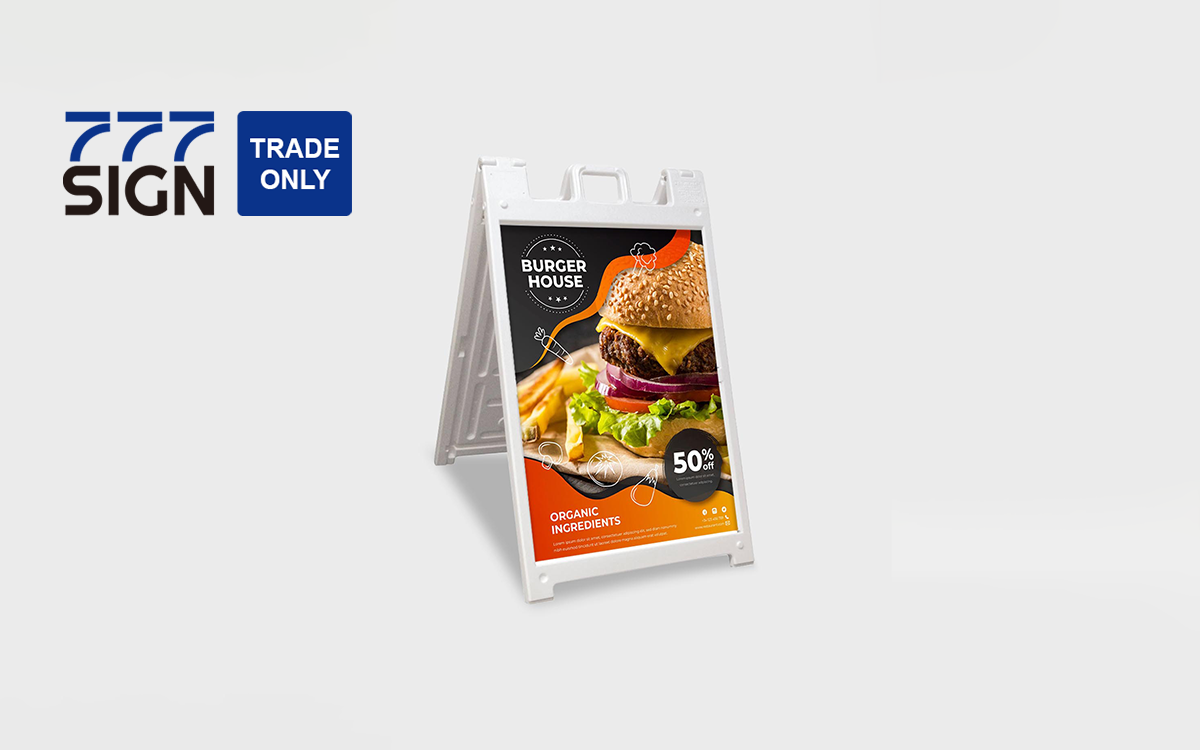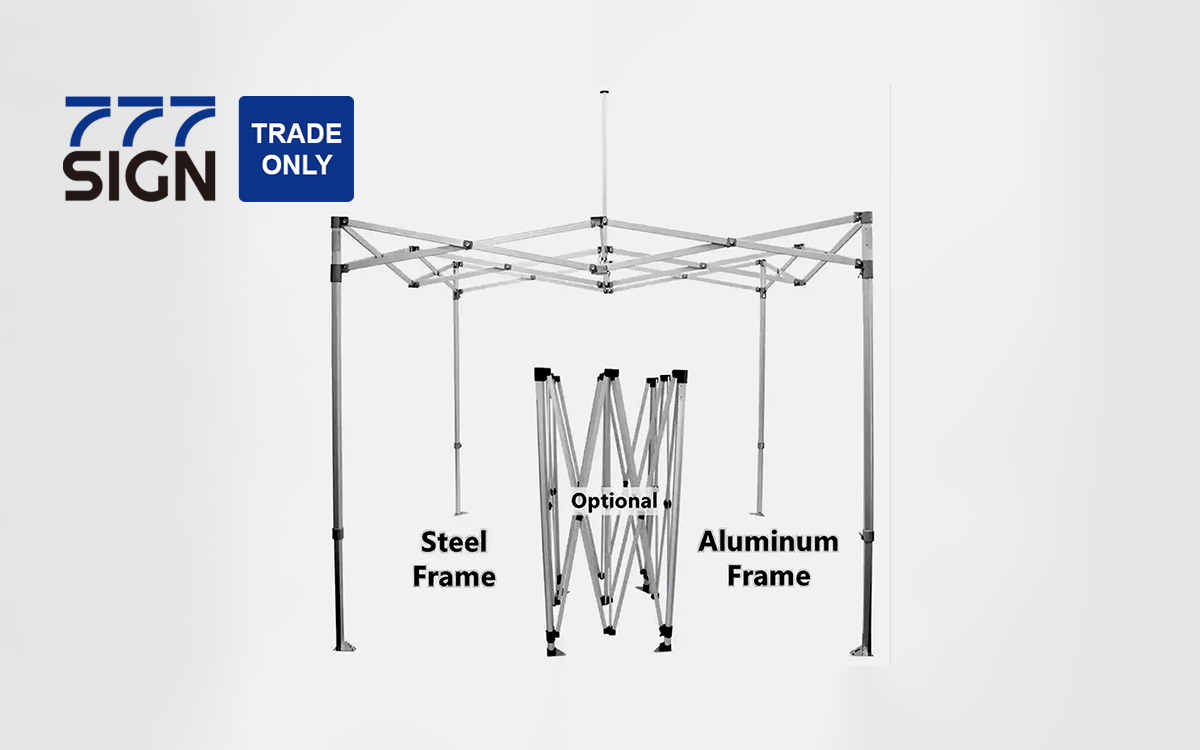When it comes to window decals, businesses often face the dilemma of choosing between Static Cling Window Decals and traditional adhesive decals. Both options offer unique advantages, but can customers really tell the difference? In this post, we’ll compare these two types of decals to help promotional companies decide which one suits their campaign needs better.
Static Cling: The Reusable Option
Static cling window decals are a popular choice for short-term promotions. Their biggest advantage? They stick to surfaces without the need for adhesive, making them reusable and easy to reposition. Here are some reasons why static cling decals stand out:
- No Adhesive: Static cling decals adhere to smooth surfaces via static electricity. This makes them easier to apply and remove without leaving residue.
- Reusable: Because there’s no adhesive, they can be repositioned multiple times, perfect for temporary promotions or seasonal displays.
- Easy Installation: Unlike traditional decals, static clings are bubble-resistant, making the installation process smoother.
When to use: Static clings are ideal for businesses looking for flexibility in their advertising campaigns, such as changing promotions frequently.
Related Products: Check out our Custom Static Window Cling, perfect for temporary yet impactful advertising.
Traditional Window Decals: Durability and Customization
Traditional window decals rely on adhesives to stay in place, making them the go-to option for long-term displays. Here’s why some businesses prefer this type:
- Stronger Adhesive: These decals can withstand outdoor conditions and adhere firmly to various surfaces, ensuring durability.
- More Pattern Options: Traditional decals often come with more customization options, including patterns, textures, and colors that can be designed to suit specific branding needs.
When to use: Choose traditional window decals for long-term, high-impact advertising,where durability and custom designs are paramount.
Comparing the Two: Can You Really Tell the Difference?
While both static clings and traditional decals serve different purposes, the choice comes down to your campaign’s needs. If flexibility and reusability are key, static clings win the day. However, for more permanent solutions, traditional adhesive decals offer the durability and variety needed.
Conclusion
In the end, it’s all about choosing the right tool for the job. Whether you opt for Static Cling Window Film or traditional adhesive decals, understanding the benefits of each will ensure a more effective campaign.
FAQ
How to Install Static Cling Window Decals Without Bubbles?
1. Clean the Surface: Before applying the static cling window decal, make sure the glass or smooth surface is completely clean. Use a mild soap and water mixture or a glass cleaner to remove dirt, dust, or oil. Wipe the surface dry with a lint-free cloth.
2. Use Soapy Water Solution: Spray a light mist of soapy water onto the surface before applying the decal. This allows you to easily reposition the decal and helps prevent air bubbles.
3. Apply the Decal: Gently place the decal on the wet surface. Starting from the top, use a squeegee or a credit card to press the decal onto the surface, working your way down. Move the squeegee outward from the center to push out any air bubbles.
4. Remove Excess Water and Bubbles: Continue to squeegee over the decal until all the water and air bubbles are removed. If needed, lift and reapply the decal to eliminate any stubborn bubbles.
5. Let it Dry: Allow the decal to dry fully, which can take a few hours. Once dry, the static cling will firmly adhere to the surface.
What Should You Pay Attention to When Reusing Static Cling Window Decals?
1. Careful Removal: When removing the static cling window decal, start by lifting one corner and gently peel it away from the surface. Avoid stretching or tearing the material.
2. Clean the Decal: If the decal picks up dust or debris, rinse it with water. Avoid using harsh chemicals or abrasive materials that could damage the cling material.
3. Proper Storage: After removing the decal, store it on its original backing paper or a clean, smooth surface such as wax paper. Roll or lay the decal flat to avoid creasing or folding.
4. Reapply on a Clean Surface: Ensure that both the decal and the surface are clean and free of debris before reapplying. Reuse the soapy water method to apply the decal, as it helps achieve a smooth, bubble-free finish.
5. Check for Adhesion: Over time, static cling decals may lose some of their adhesion properties. If the decal is not sticking as well as before, gently clean both the decal and the surface and try reapplying.










